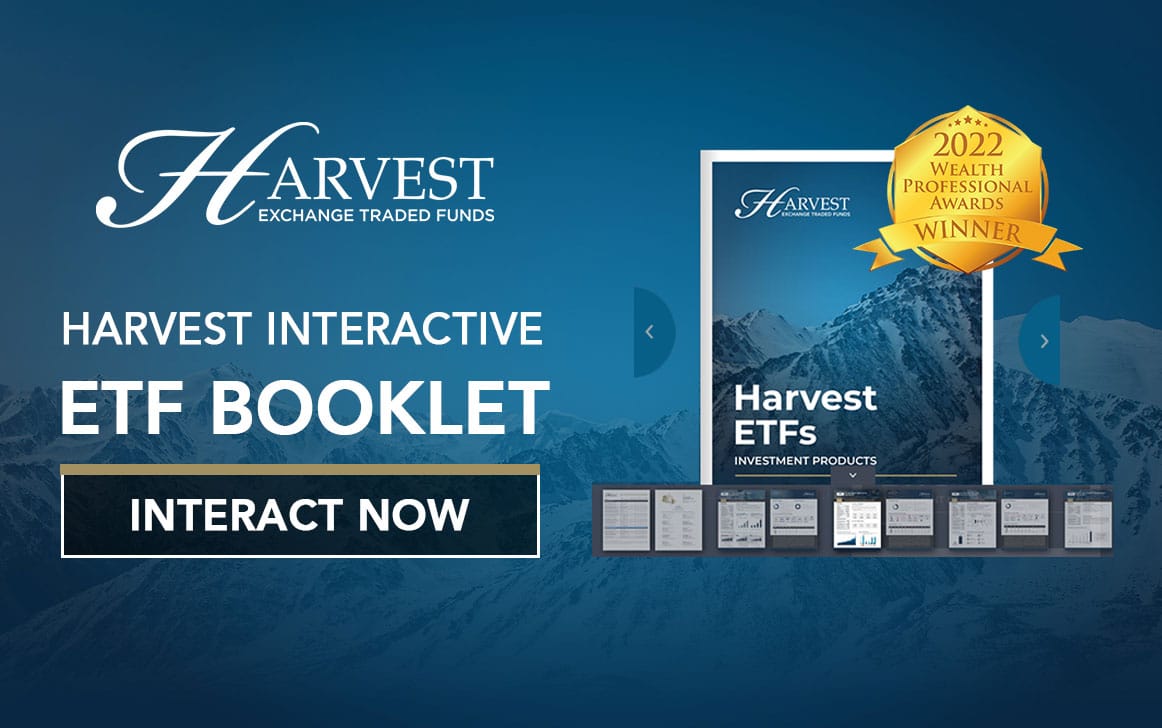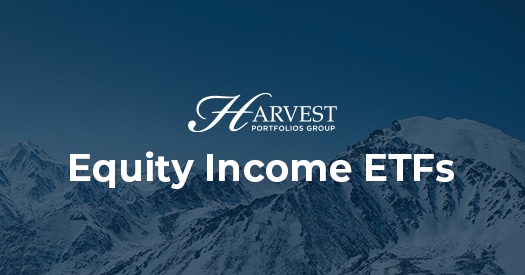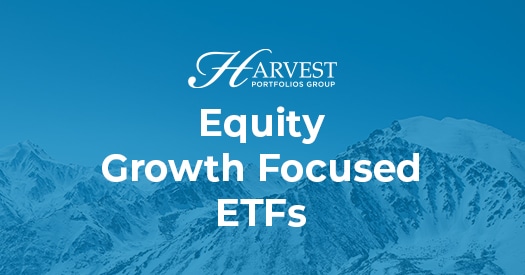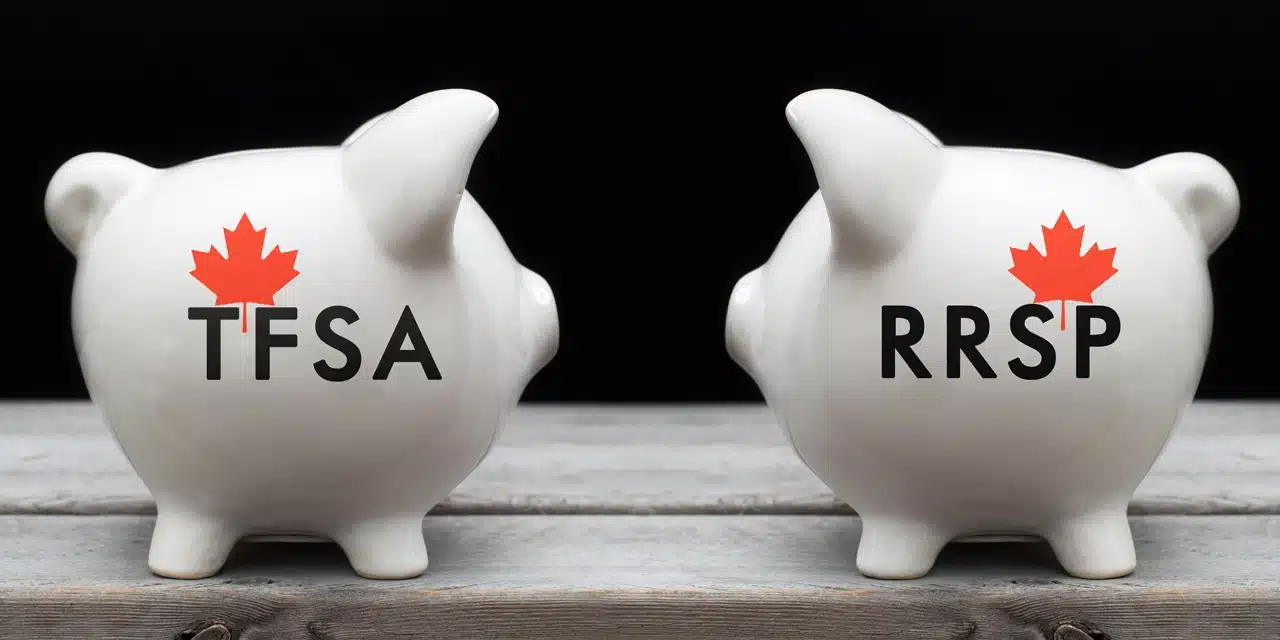In the past decade, ETFs have become some of the most popular investment tools for Canadians. That is because ETFs encompass a huge range of investment strategies and styles. ETFs’ offer a number of significant benefits which can help an investor achieve their investment goals.
What is an ETF (Exchange Traded Fund)?
An ETF, or Exchange Traded Fund, is a type of investment fund that holds a collection of securities such as stocks, bonds, or commodities, and trades on an exchange like a stock. ETFs are designed to provide returns that reflect the general performance of the market or specific sectors, like the S&P 500. ETFs are also a great way to diversify your investing portfolio at a low cost as they are generally professionally managed, with their portfolios being frequently rebalanced to ensure they remain aligned with their investment objectives.
Benefits of Investing in ETFs
ETFs are perhaps most similar to Mutual Funds, but with a number of key differences. Most importantly, ETFs trade on exchanges like the TSX throughout the day. Their price (known as Market Price) changes during the day and closely tracks the calculated Net Asset Value (known as the NAV) of the ETF’s holdings.
Investors also tend to like the diversity of ETFs available to them. Through ETFs, investors can access assets in virtually every corner of the market. An investor may be able to get exposure to a whole portfolio of securities by purchasing a single unit of an ETF. A unit is effectively a ‘share’ of an ETF and is bought and sold on the market in the same way a stock would be.
This can be far more cost-efficient than assembling such a portfolio yourself. With one ETF unit, an investor can gain exposure to dozens or even hundreds of securities, with a huge range of asset classes and styles as the below graphic illustrates.
Types of ETFs in Canada
Exchange Traded Funds (ETFs) are a popular investment option for Canadians looking to diversify their investment portfolios and achieve long-term financial goals. Here are some of the different types of ETFs that are available for Canadian investors:
Index ETFs
These ETFs track a specific index, such as the S&P/TSX Composite Index, and provide exposure to a broad range of securities in that index. Index ETFs offer a passive way to diversify your portfolio at a low cost.
Sector ETFs
Sector-specific ETFs provide targeted exposure to distinct market segments, like technology or healthcare. These ETFs serve as an avenue for allocating investments to particular market sectors where you anticipate strong performance. (or you believe will perform well)
Bond ETFs
Bond market-linked ETFs contribute to portfolio diversification and risk mitigation effectively. These ETFs offer a favorable avenue for adding variety to your investments, helping to moderate risk levels. While bond ETF portfolios generally yield lower returns than stocks, their reduced volatility renders them a more stable option.
Commodity ETFs
Commodity ETFs concentrate on commodities like gold, silver, or oil. These ETFs may present an appealing option beyond stocks to enhance portfolio diversification and manage risk effectively.
Currency ETFs
These ETFs provide exposure to foreign currencies such as the US dollar or the Euro. Currency ETFs provide a way to hedge against currency risk or invest in a specific currency.
How do I buy and sell an ETF?
ETFs, including those from Harvest ETFs, are listed on various exchanges such as the Toronto Stock Exchange (TSX). They have ticker symbols like stocks and are traded like stocks. They have no minimum investment amounts. Investors can buy or sell ETFs through their financial advisor or a brokerage account. Here are some tips to help you buy and sell ETFs:
Choose a financial advisor or an online brokerage
You can buy and sell ETFs through a financial advisor or an online brokerage. Choosing a financial advisor involves defining your financial goals, understanding advisor types, checking credentials and registration, seeking referrals, interviewing advisors for approaches and fees, evaluating their track record and communication skills, confirming fiduciary responsibility, checking client references, and ultimately trusting your instincts to select an advisor who aligns with your needs and values
When selecting an online brokerage, consider factors like trading fees, account types, available investment options, user interface, mobile app functionality, customer service, and educational resources. Prioritize a brokerage that aligns with your trading frequency and investment preferences while offering user-friendly tools and responsive support.
Compare performance
To compare the performance of an ETF, focus on several key aspects. Start by examining its total return over different timeframes to understand how it has performed historically. If its an index-based ETF, analyze its performance against its benchmark index to assess tracking accuracy. Evaluate the ETF’s volatility, measured by metrics like standard deviation, to gauge its risk level. Consider its yield, expense ratio, and any associated costs. Additionally, assess the ETF’s historical distributions (including distribution adjustments) and review its holdings to ensure they align with your investment goals.
Consider timing
ETFs are traded throughout the day at the current market price. Consider the timing of your trade to ensure you’re buying or selling at the best possible price.
Understand fees
ETFs typically have lower fees than mutual funds, but you’ll still need to pay a commission when you buy or sell an ETF.
Research risks
Each type of ETF has its own set of risks. Research the risks associated with the ETF you want to buy to ensure it aligns with your investment objectives and risk tolerance.
ETF Currency Risks: What You Need to Know
If you hold international securities in an ETF, you may be impacted by the movement of those currencies. Some of Harvest ETFs hold stocks are bought in a foreign currencies such as the U.S. dollars, Euros and pounds sterling. It is important to remember that the movement of these currencies against the Canadian dollar can affect total return.
Here are some tips to help you manage currency risks associated with ETFs:
Understand currency exposure
When investing in an ETF, it’s essential to understand the currency exposure of the underlying securities. For example, if an ETF holds US stocks, you’ll be exposed to fluctuations in the US dollar.
Consider currency-hedged ETFs
Currency-hedged ETFs use financial instruments to reduce the impact of currency fluctuations on your investment. These ETFs can be an excellent option for investors looking to minimize currency risk.
Diversify your portfolio
Diversification is key to managing risk in your portfolio. Consider investing in a mix of ETFs that provide exposure to different sectors and regions to reduce your overall risk.
Stay informed
Keep up-to-date with the latest news and events that can impact currency markets. This will help you make informed investment decisions and manage your risk effectively.
Thankfully, Harvest ETFs uses a hedging strategy for certain Harvest ETFs to reduce the impact of these fluctuations. This gives Canadian investors the return in Canadian dollar terms, or in other words, the return that approximates the return of the local market.
ETF basics to remember
-
- ETFs can hold assets such as stocks, commodities, REITS, bonds or blends
- ETFs can be domestic or global, broadly diversified or sector specific
- ETFs can trade in US dollars, if offered
- An equity ETF’s can hold hundreds of companies under one fund
- ETFs can track and index (passive) or be actively managed.
- A passive ETF provides investors with a single security that tracks a particular index.
- An active ETF has a manager or team making decisions on the underlying portfolio allocation. There are defined rules and processes, but the manager has the flexibility to make changes to adapt to market conditions, in a way that is potentially more beneficial to the portfolio returns or to meet the performance goals.
Conclusion
ETFs have gained popularity among Canadian investors in the past decade due to their diverse investment strategies and styles. These investment tools offer significant benefits, including low-cost diversification and the ability to trade on exchanges like stocks. ETFs can hold a range of assets, such as stocks, bonds, commodities, and REITs, providing investors with exposure to various sectors and regions.
Harvest ETFs offer a diverse range of options for Canadian investors, from Income ETFs, Enhanced Income ETFs, and Equity Growth-focused ETFs, catering to a broad spectrum of investment preferences. Stay informed about the latest developments in Canadian investing by subscribing today.
The above is for informational purposes only and does not constitute an offer to sell or the solicitation of an offer to purchase any Harvest Portfolios Group Inc. managed investment fund and is not intended to provide specific financial, investment, tax, legal or accounting advice, and should not be relied upon in that regard. Investors should seek the advice of investment professionals, as appropriate, regarding any particular investment and/or trading strategy, which should be evaluated relative to each individual’s circumstances, as these investments may not be suitable for all investors.
Commissions, management fees and expenses all may be associated with investing in Harvest Exchange Traded Funds (managed by Harvest Portfolios Group Inc.). Please read the relevant prospectus before investing. The funds are not guaranteed, their values change frequently and past performance may not be repeated.
To find out how your clients can benefit from this strategy call Harvest ETFs 1-866-998-8298.
For more on Harvest Equity Income ETFs & Harvest Growth Income ETFs click here.















